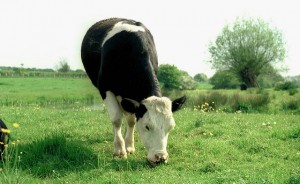Organochlorine pesticide residues in beef tissue may pose health risk
While the general perception is that pesticide exposure through food consumption is confined to produce, exposure can also occur via the consumption of contaminated meat. Research published in Chemosphere has found that beef tissue can be an important source of organochlorine pesticide (OCP) exposure for consumers. Researchers collected tissue samples of beef liver, kidney and tongue from slaughter houses in different Egyptian cities, and tested them for OCP residues. OCPs were detected at the highest level in tongue tissue followed by liver and then kidneys. While the levels detected were below the World Health Organization’s recommended intake level, a cancer risk assessment indicated that contamination levels were still high enough to have carcinogenic effects when the tissue was consumed.




